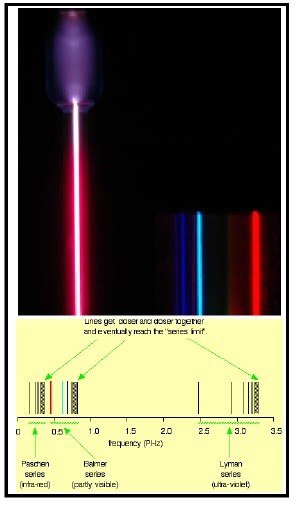ACM 30210 Foundations of Quantum Mechanics

I do not currently (2025) teach this module. The materials on this page for archival purposes only.
Description: This module introduces Quantum Mechanics in its modern mathematical setting. Several canonical, exactly-solvable models are studied, including one-dimensional piecewise constant potentials, Dirac potentials, the harmonic oscillator, and the Hydrogen atom. Three calculational techniques are introduced: time-independent perturbation theory, variational methods, and numerical (spectral) methods.
Topics and techniques discussed include but are not limited to the following list:
- The postulates of Quantum Mechanics
- Mathematical background: Complex vector spaces and scalar products, linear forms and duality, the natural scalar product derived from linear forms, Hilbert spaces, linear operators, commutation relations, expectation values, uncertainty
- Time evolution and the Schrodinger equation: Derivation of the Schrodinger equation for time-independent Hamiltonians, the position and momentum representations, the probability current, the free particle
- Piecewise constant one-dimensional potentials: Bound and unbound states, wells and barriers, scattering, transmission coefficients, tunneling
- The harmonic oscillator: Solution by power series, Hermite polynomials, creation and annihilation operators, coherent states
- The Hydrogen atom: Solution by separation of variables, quantization of energy and angular momentum, general treatment of central potentials in terms of spherical harmonics
- Angular momentum: Motivation: angular momentum in the hydrogen atom, as derived from spherical harmonics, angular momentum in the abstract setting, intrinsic angular momentum, addition of angular momenta, Clebsch-Gordan coefficients
- Approximation methods: Time-independent perturbation theory: the non-degenerate case, variational methods for estimating the ground-state energy
- Further topics may include Spin coherent states, how to build a microwave laser, the Dyson series for time-evolution for time-dependent Hamiltonians, one-dimensional Dirac potentials, time-independent perturbation theory for degenerate eigenstates, the fine structure of Hydrogen, numerical (spectral) methods for solving the Schrodinger equation
Learning Outcomes: On completion of this module students should be able to:
- Perform standard linear-algebra calculations as they relate to the mathematical foundations of Quantum Mechanics
- Solve standard problems for systems with finite-dimensional Hilbert spaces, e.g. the two-level system
- Solve standard one-dimensional models including piecewise constant potential wells and barriers, Dirac potentials, and the Harmonic oscillator
- Perform calculations based on Hermite polynomials, including the characterization of coherent states
- Compute expectation values for appropriate observables for the Hydrogen atom
- Explain the quantum theory of angular momentum and compute expectation values for appropriate observables. These computations will involve both the matrix representation of intrinsic angular momentum, and the spherical-harmonic representation of orbital angular momentum
- Add independent angular momenta in the quantum-mechanical fashion
- Perform time-independent non-degenerate perturbation theory up to and including the second order
Module Documents